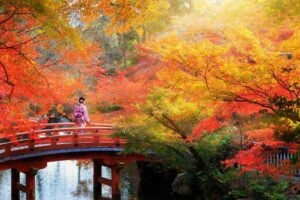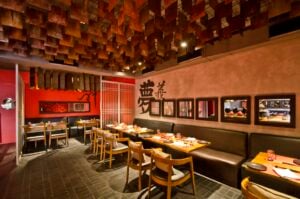Are you planning a trip to Japan and wondering where to go? Japan is a fascinating country with a rich history, unique culture, and breathtaking natural beauty. With so many incredible destinations to choose from, it can be challenging to decide where to go first. In this comprehensive guide, we’ll take a look at the top 10 must-visit places in Japan and provide practical information to help you plan your trip.
Japan is a country that has preserved its ancient traditions and customs while embracing modern technology and innovation. Its unique culture and history make it an attractive destination for travelers from all over the world.
Top 10 Best Places to Visit in Japan
- Tokyo, Kyoto, Hokkaido, Osaka, Hiroshima, Nara, Mount Fuji, and Okinawa are some of the best places to visit in Japan.
- Each location has its unique attractions, cuisines, and activities such as historic sites, natural beauty, traditional Japanese culture, and modern entertainment.
- Practical information for traveling to Japan includes visa requirements, transportation options, accommodation, currency, etiquette, and customs.
1. Tokyo

Tokyo, the bustling capital city of Japan, offers a perfect blend of traditional and modern Japan. It is home to iconic landmarks such as the Tokyo Tower, the Imperial Palace, and the Meiji Shrine. Tokyo is also known for its delicious food, including sushi, ramen, and tempura. Experience traditional Japanese culture by attending a tea ceremony or visiting a Japanese garden. Tokyo has some of the best theme parks in Japan, such as Tokyo Disneyland and DisneySea. If you’re interested in exploring more amusement options during your trip, check out this comprehensive guide on japan amusement parks.
.2. Kyoto
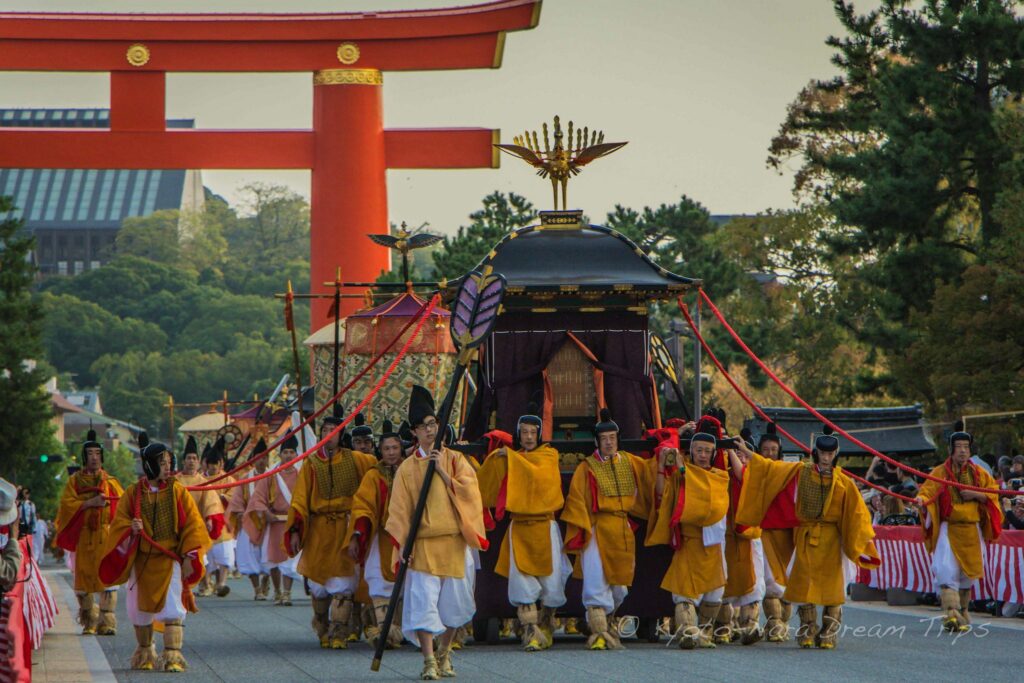
Kyoto, the cultural capital of Japan, is a city steeped in history and tradition. It is home to beautiful temples, gardens, and shrines. The city is also known for its traditional Japanese cuisine, such as kaiseki ryori and yudofu. Kyoto is a great place to experience traditional Japanese culture by attending a tea ceremony or visiting a traditional Zen garden. The city hosts many cultural festivals throughout the year, such as the Gion Matsuri and the Jidai Matsuri.
3. Hokkaido
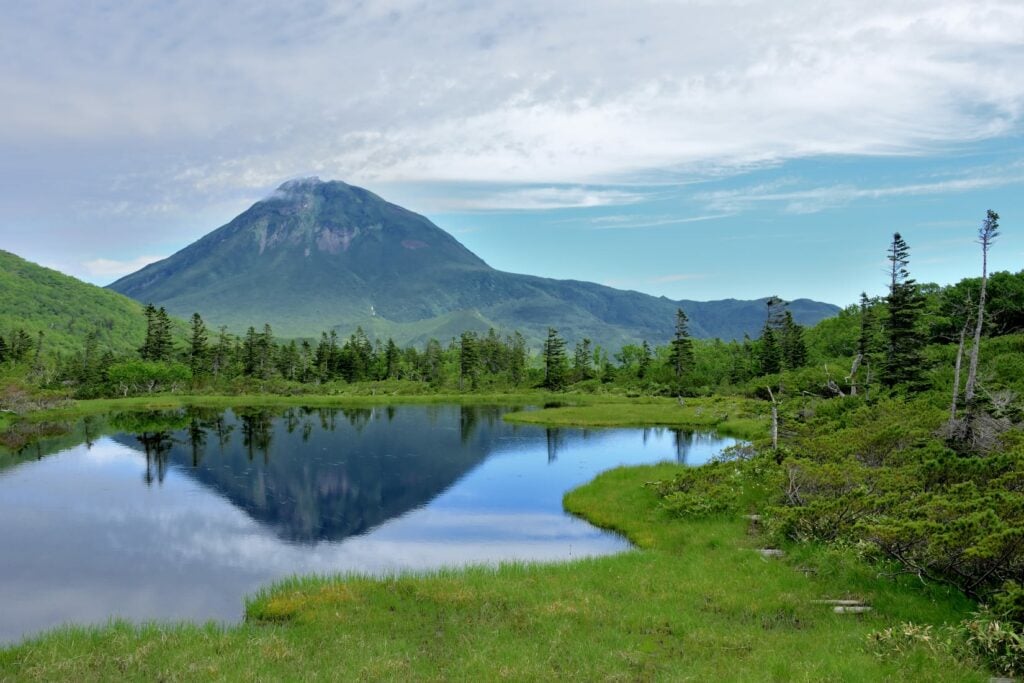
Hokkaido, Japan’s northernmost island, is known for its natural beauty, skiing, and hot springs. Visit Hokkaido to experience the beauty of Japan’s countryside. Hokkaido is also known for its delicious seafood and dairy products, such as Hokkaido milk and cheese. The island is home to many national parks, such as the Shiretoko National Park and the Daisetsuzan National Park, where you can go hiking or camping. Hokkaido is also a great place to visit during the winter months, as it is home to some of the best ski resorts in Japan.
4. Osaka
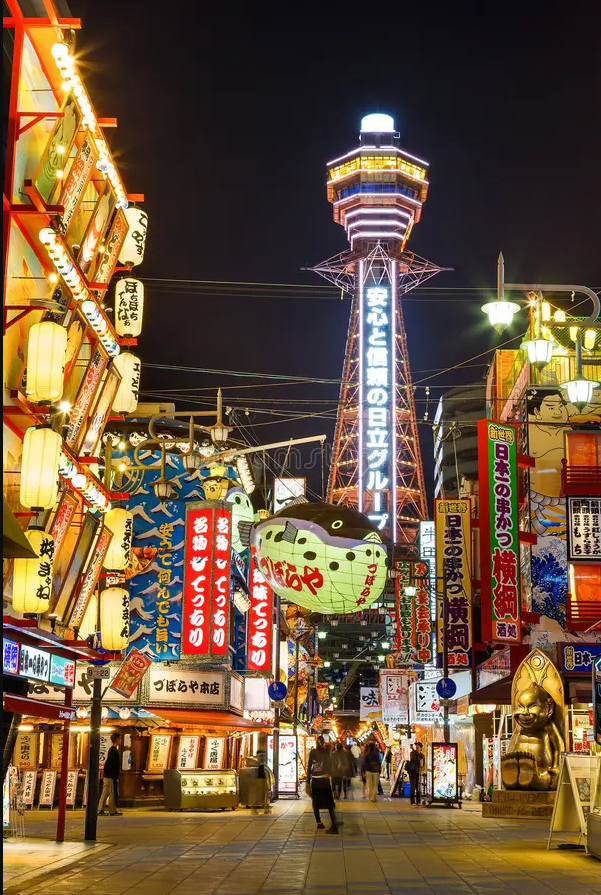
Osaka, the second-largest city in Japan, is a vibrant city that is known for its food and entertainment. It is home to some of the best street food in Japan, such as takoyaki and okonomiyaki. Osaka is also home to some of the most iconic landmarks in Japan, such as the Osaka Castle and the Tsutenkaku Tower. Experience Japanese culture by attending a traditional kabuki performance or visiting a local market. Osaka is home to many theme parks, such as Universal Studios Japan.
5. Hiroshima
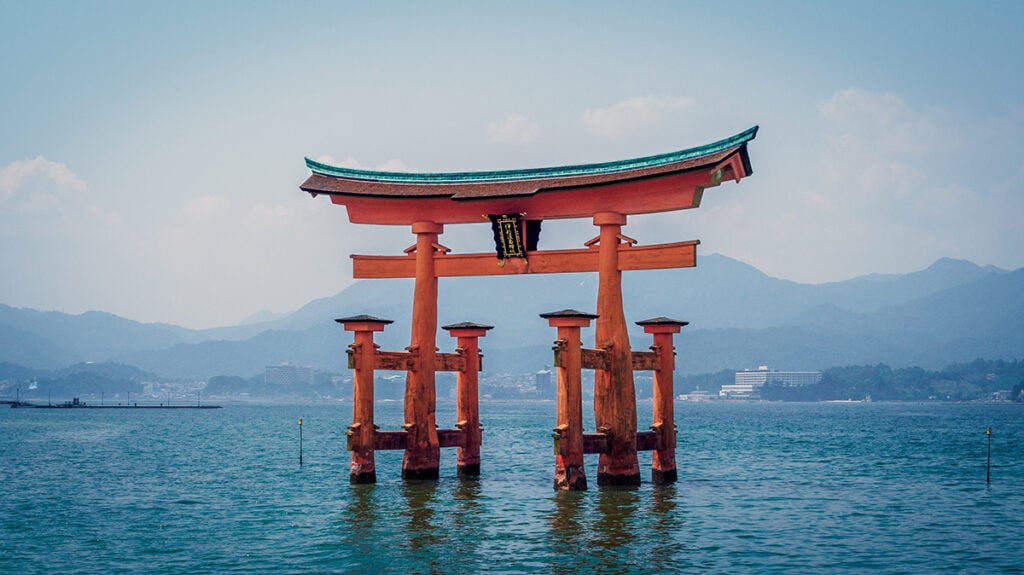
Hiroshima is a city that has a tragic history but has also shown inspiring resilience. It is the city where the first atomic bomb was dropped, and it is home to the Hiroshima Peace Memorial Museum and Park, which serves as a reminder of the devastating effects of nuclear weapons. Despite its tragic past, Hiroshima is a vibrant and welcoming city that is home to many museums and memorials. Try the delicious okonomiyaki, a savory pancake that is filled with vegetables and meat.
6. Nara
Nara is a city known for its ancient temples and friendly deer. It is home to some of the oldest and most beautiful temples and shrines in Japan, such as the Todaiji Temple and the Kasuga Taisha Shrine. Nara Park is home to friendly deer that roam freely around the park. Nara is a great place to experience traditional Japanese culture by visiting a traditional tea house or exploring the historic town center.
7. Mount Fuji
Mount Fuji is Japan’s iconic mountain and is one of the most recognizable landmarks in the country. It is a great place to visit for those who love hiking and outdoor activities. The best time to visit Mount Fuji is during the summer months when the weather is mild and the hiking trails are open. It is also a great place to visit during the winter months, as the surrounding lakes and hot springs are beautiful when covered in snow.
8. Okinawa
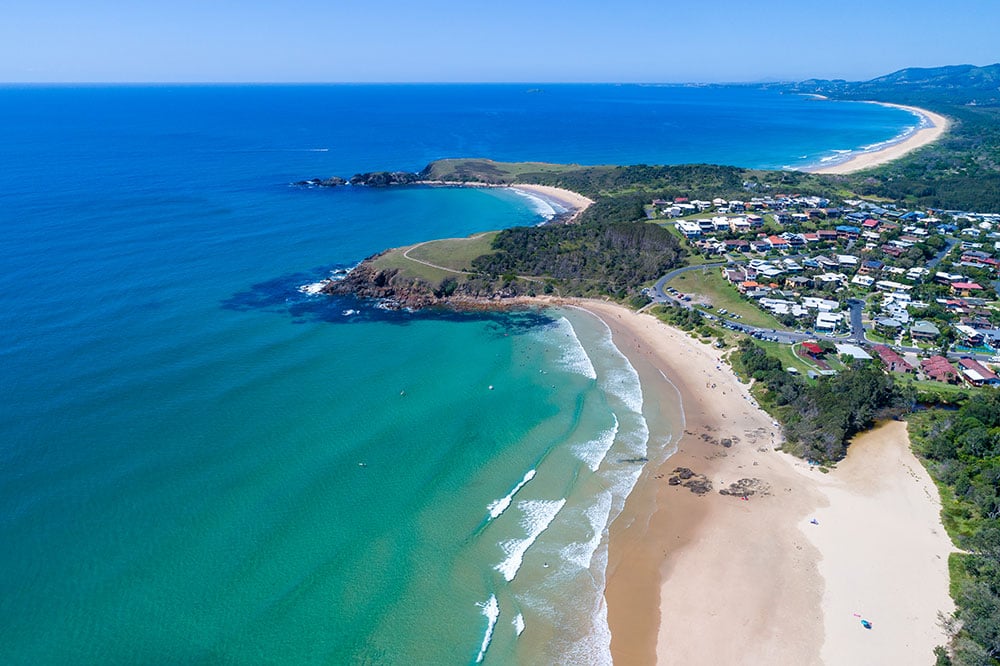
Okinawa, a tropical island located south of mainland Japan, is known for its unique culture and history. It is a great place to visit for those who want to experience a different side of Japan. Okinawa is home to some of the most beautiful beaches in Japan, such as the Emerald Beach and the Sunset Beach. The island is also known for its delicious food, such as pork belly and bitter melon. Experience traditional Japanese culture by visiting a traditional village or attending a cultural festival.
9. Himeji Castle
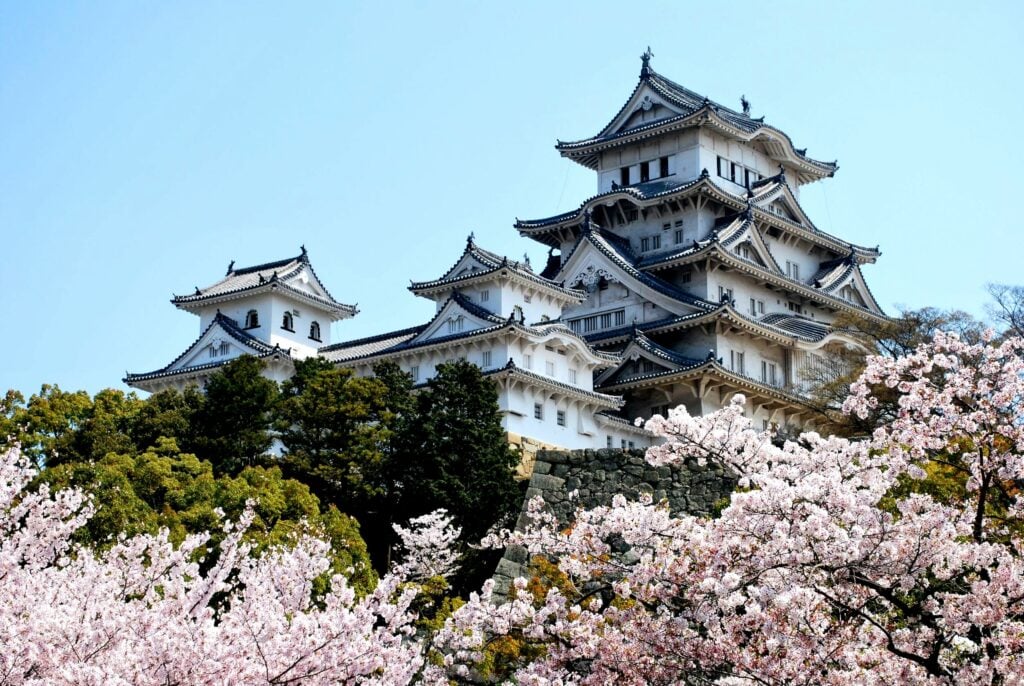
Himeji Castle, located in Hyogo Prefecture, is a UNESCO World Heritage site and is one of the most beautiful castles in Japan. It is a great place to visit for those interested in Japanese architecture and history.
10. Local Izakaya
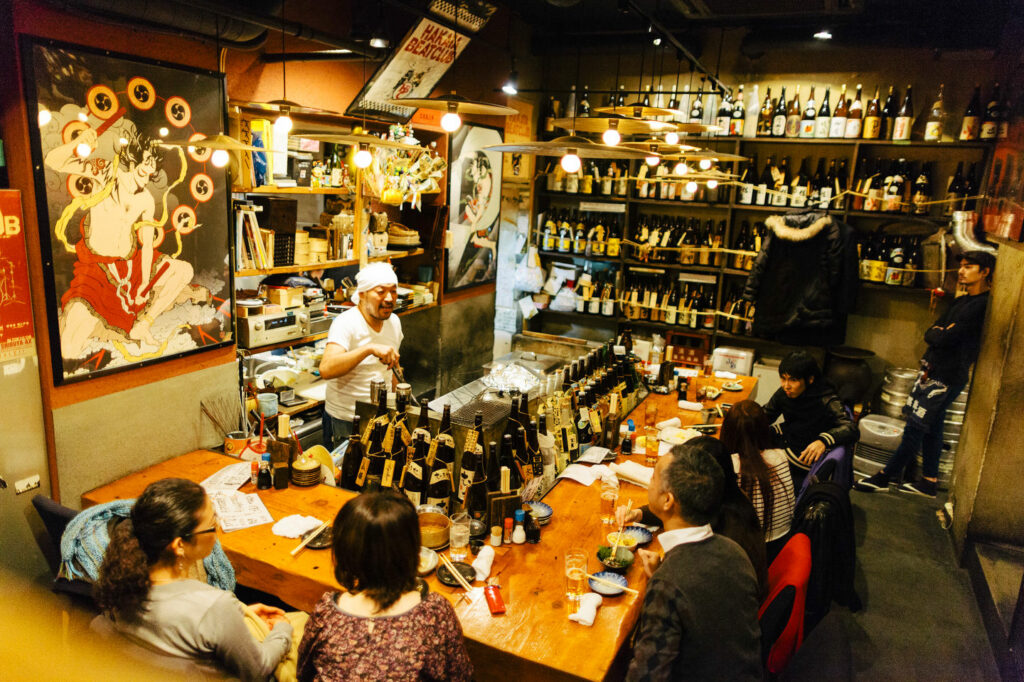
Okay so this one is a bit of a joke! Izakayas are small bars that you can eat and drink in – they are found ALL over Japan and I had a great time in every single one I visited. This is where REAL Japanese people go to drink alcohol, relax and to have a delicious bite to eat.
A Personal Experience of Staying in a Ryokan
During my visit to Japan, I had the opportunity to stay in a traditional ryokan in Kyoto. The experience was unlike any other hotel stay I had ever had before. As soon as I entered the ryokan, I was greeted by the friendly staff, who showed me to my room. The room was simple but cozy, with tatami mats covering the floor and a low table and chairs for seating.
One of the highlights of my stay was wearing a yukata, a traditional Japanese garment, which was provided by the ryokan. I wore the yukata to dinner, which was served in my room. The multi-course meal was a work of art, with each dish carefully prepared and presented. I particularly enjoyed the sashimi and tempura.
After dinner, I went to the ryokan’s communal bath, which was a unique experience. The bath was separated by gender, and I soaked in the hot water while looking out over a serene garden.
Staying in a ryokan was a great way to experience traditional Japanese hospitality and culture. The attention to detail and personalized service made it a memorable part of my trip to Japan. I would highly recommend it to anyone looking for a unique and authentic experience.
Practical Information for Traveling to Japan
| Destination | Description |
|---|---|
| Kanazawa | Kanazawa is a city on the west coast of Honshu Island, known for its well-preserved Edo-era architecture, picturesque gardens, and museums. Visit the Kenrokuen Garden, one of the most beautiful gardens in Japan, and the Kanazawa Castle, a symbol of the city’s history. |
| Takayama | Takayama is a charming town in the Japanese Alps, known for its well-preserved old town and traditional houses. Visit the Takayama Jinya, a historic government house, and the Hida Folk Village, an open-air museum showcasing traditional Japanese houses and crafts. |
| Nikko | Nikko is a town located north of Tokyo, known for its beautiful natural scenery and historic sites. Visit the Toshogu Shrine, a UNESCO World Heritage site, and the Nikko National Park, which offers hiking trails and hot springs. |
| Miyajima | Miyajima is an island located near Hiroshima, known for its iconic torii gate and Itsukushima Shrine. Visit the Daisho-in Temple, a historic temple with beautiful gardens and shrines. |
| Kamakura | Kamakura is a coastal town located south of Tokyo, known for its many temples and shrines. Visit the Great Buddha of Kamakura, a bronze statue of Buddha, and the Hasedera Temple, famous for its 11-headed Kannon statue. |
If you’re planning a trip to Japan, there are a few practical things you need to know. Japan is a safe country with a low crime rate, and it’s generally safe to walk around the cities even at night. Japan is a cash-based society, so it’s a good idea to carry cash with you at all times. If you plan to use the trains a lot, consider getting a JR Pass, which will save you money on train tickets. Check if you need a visa to enter Japan. Consider the best time to visit Japan, taking into account weather conditions and seasonal events. Think about how you will get around Japan, as there are many transportation options available, including trains, buses, and taxis. Consider your accommodation options, such as traditional ryokans or modern hotels. Be aware of Japanese etiquette and customs, as this will help you to have a more enjoyable and respectful trip.
Conclusion
Japan is a country rich in culture and history and is a great destination for travelers from all over the world. The best places to visit in Japan offer a glimpse into the country’s unique culture, stunning landscapes, and delicious cuisine. Incorporating personal experiences or anecdotes from travelers who have visited these destinations and providing more specific details on cultural customs and etiquette can enhance the reader’s understanding and respect for Japanese culture. We hope this guide has given you a good idea of the best places to visit in Japan and has provided you with some practical information to help you plan your trip. Remember to support sustainable tourism practices and enjoy your trip to Japan!
Frequently Asked Questions
Q. Who should visit Japan?
A. Anyone who loves unique cultures, food, and experiences.
Q. What are the must-see destinations in Japan?
A. Tokyo, Kyoto, Osaka, Nara, Hokkaido, and Hiroshima.
Q. How can I save money while traveling in Japan?
A. Use a JR Pass, eat at local restaurants, and stay at hostels.
Q. What should I pack for a trip to Japan?
A. Comfortable shoes, a portable Wi-Fi device, and a camera.
Q. How can I communicate with locals who don’t speak English?
A. Learn basic Japanese phrases or use translation apps.
Q. What if I’m afraid of earthquakes or typhoons?
A. Japan has a highly advanced disaster prevention system.

